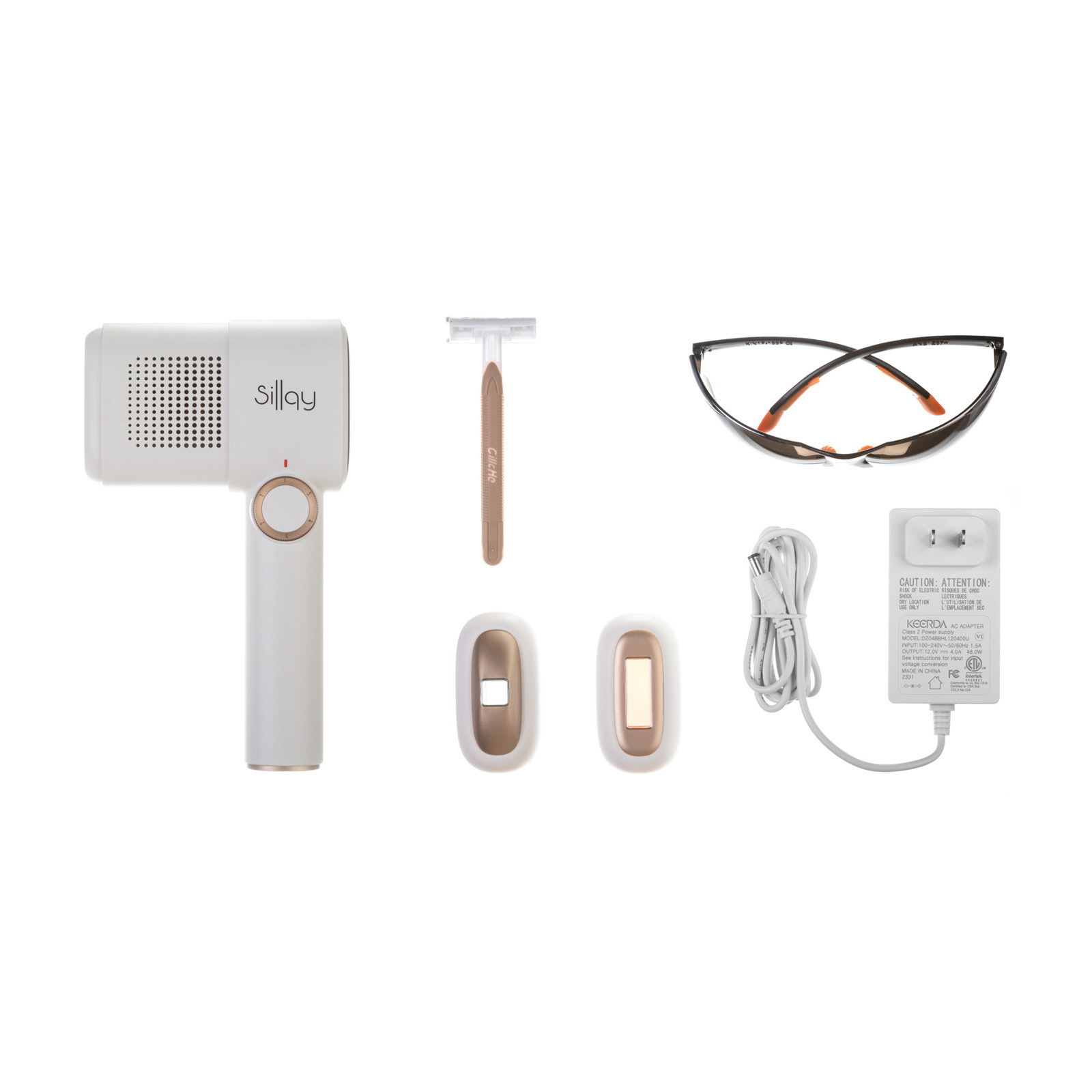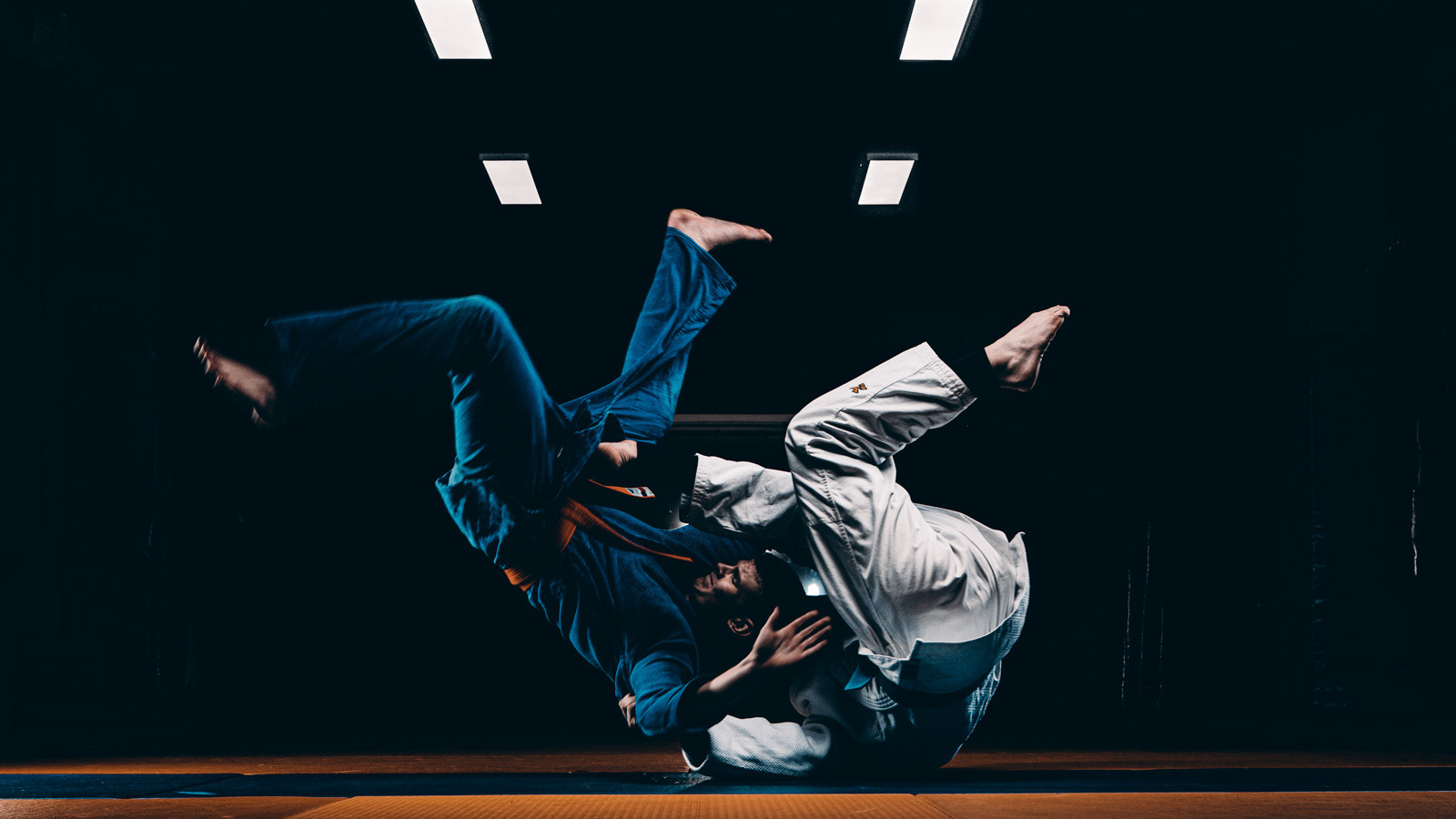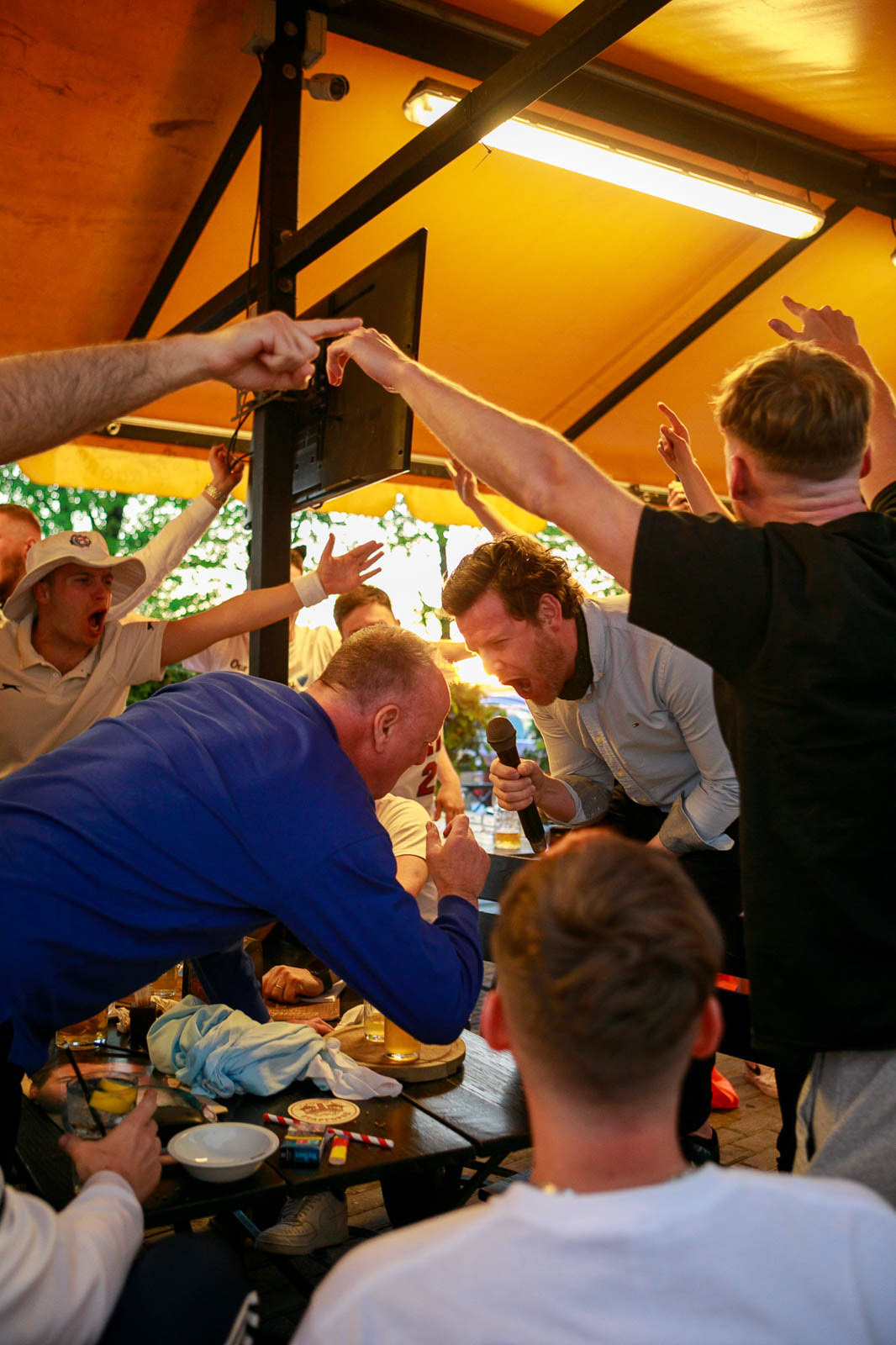The Art of Professional Commercial Product Photography: Key Considerations
In the competitive world of e-commerce and digital marketing, professional commercial product photography plays a crucial role in capturing the attention of potential customers and converting them into loyal buyers. The quality of your product images can make or break your marketing efforts, influencing perceptions of your brand and driving sales. Here are the most important factors to consider for achieving outstanding commercial product photography.

1. Lighting
Proper lighting is the cornerstone of professional product photography. Natural light can be ideal for certain products, providing a soft and flattering effect. However, controlled studio lighting is often necessary to eliminate shadows and highlight product details. Using diffusers, reflectors, and light boxes can help achieve even illumination and bring out the best in your products.
2. Background
Choosing the right background is essential to ensure your product stands out. A plain white background is a popular choice for its clean and professional look, making it easier to edit the images later. However, colored or textured backgrounds can add context and enhance the visual appeal, depending on the product and brand aesthetic.

3. Composition and Angles
The way a product is framed in a photo can significantly impact its attractiveness. Use the rule of thirds to create balanced and engaging compositions. Experiment with different angles to showcase various aspects of the product, highlighting unique features and functionalities. Including close-up shots and 360-degree views can give customers a comprehensive understanding of the product.
4. Attention to Detail
Professional product photography requires meticulous attention to detail. Ensure that products are clean, polished, and free from imperfections before the shoot. Pay attention to small details like alignment, symmetry, and texture to capture the product in its best light. Post-production editing can also enhance details, correct colors, and remove any blemishes.

5. Consistency
Maintaining consistency across all product images is crucial for building a cohesive brand image. Consistent lighting, backgrounds, and styling help create a uniform look that enhances the overall professionalism of your online store. Consistency also aids in easier recognition of your brand by customers.
6. High Resolution
High-resolution images are essential for online platforms, where customers expect to zoom in and see fine details. Ensure that your photos are captured in high resolution to provide crisp, clear images that enhance the perceived quality of your products. This also allows for greater flexibility in editing and cropping.






7. Brand Alignment
Your product photography should reflect your brand's identity and values. Whether it's through the choice of props, colors, or the overall style, ensure that every element aligns with your brand messaging. This creates a stronger connection with your target audience and reinforces brand loyalty.
8. Post-Processing
Editing is a critical step in the product photography process. Use software like Adobe Photoshop or Lightroom to adjust brightness, contrast, color balance, and remove any imperfections. Post-processing helps in refining the images and ensuring they meet professional standards.









By taking these factors into account, you can elevate your commercial product photography, making your products more attractive and engaging to potential customers. Professional, high-quality images not only enhance the aesthetic appeal of your products but also build trust and credibility with your audience, ultimately driving higher conversion rates and boosting your sales.
The Art of Sports and Action Photography: Key Considerations for Sports Clubs and Facilities
In the dynamic world of sports, capturing the intensity and emotion of athletic performance requires exceptional skill and precision. Professional sports and action photography is essential for sports clubs and facilities looking to showcase their athletes, events, and facilities in the best possible light. Here are the most important factors to consider for achieving outstanding sports and action photography.



1. Timing and Precision
Sports photography is all about capturing the perfect moment. The right timing can turn a good photo into an extraordinary one. This requires a deep understanding of the sport, anticipation of key moments, and quick reflexes. High-speed cameras and burst mode settings are crucial tools for freezing fast-paced action and ensuring no critical moment is missed.
2. Lighting
Proper lighting is essential in sports photography, whether it's an indoor arena or an outdoor field. Natural light can be beneficial for outdoor sports, but artificial lighting setups are often necessary for indoor events. Using fast lenses with wide apertures helps to capture sharp images in low-light conditions, ensuring the action remains clear and well-defined.
3. Composition and Angles
The composition in sports photography should focus on the athletes and their movements. Using techniques like the rule of thirds can create balanced and engaging images. Experimenting with different angles—from ground level to elevated positions—can provide unique perspectives that highlight the intensity and athleticism of the sport.
4. Focus and Clarity
Sharp focus is critical in sports photography. Utilizing continuous autofocus (AF) modes and tracking capabilities helps keep moving subjects in sharp focus. Ensuring clarity and detail in the images enhances the viewer's experience and brings out the best in the athletes' performances.



By focusing on these key considerations, you can elevate your sports and action photography, capturing the essence of athletic performance and the spirit of competition. Professional, high-quality images not only enhance the visual appeal of your sports club or facility but also build a stronger connection with fans and supporters, ultimately boosting engagement and loyalty.








The Essentials of Food Photography: Capturing Culinary Delights
Food photography is an art that combines creativity, technical skill, and an understanding of food presentation. It's a crucial aspect of marketing for restaurants, food brands, and bloggers, helping to entice viewers and convert them into customers. Here's a look at the key elements that make food photography so effective.






Post-Processing
Editing is the final step in food photography. Adjusting the brightness, contrast, and saturation can enhance the photo. Tools like Adobe Lightroom and Photoshop are commonly used to fine-tune images, ensuring they look their best.
SEO Considerations
Optimizing food images for search engines is essential for increasing online visibility. Use descriptive file names, alt text, and captions to improve the discoverability of your images. This can drive more traffic to your website and social media pages, enhancing your online presence.







Event Photography: Capturing Unforgettable Moments
Event photography is all about seizing the essence and energy of special occasions, from corporate events to weddings and concerts. At GREGER, we specialize in capturing the dynamic atmosphere and unique highlights of each event. Our expert photographers ensure every significant moment is beautifully documented, providing you with memories that last a lifetime. Contact us today to book your next event's photography session.











Ready to solve your challenges?
Let’s talk! Fill out the form now!
Photo artist @ GREGER Graphic Design Solutions:
Dmitry Koleda | WWW.KOLEDA.LV | instagram










